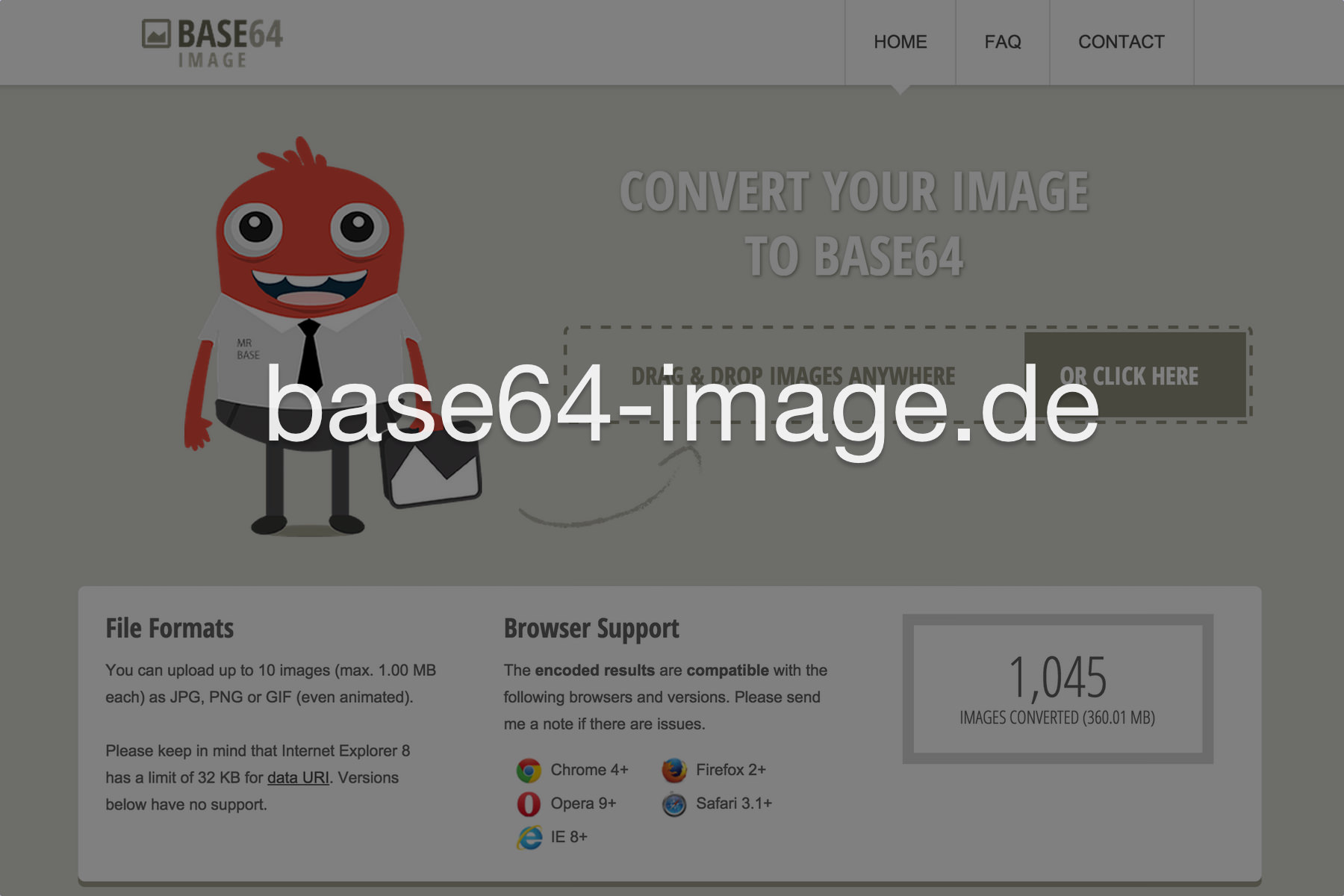
J8, in contrast, provides a lower case result from hfd. Note that an earlier implementation assumed the j6 implementation of hfd which where hexadecimal letters resulting from hfd were upper case. J does not have a native urldecode (until version 7 when the jhs ide addon includes a jurldecode). While the default is to decode parameters as UTF-8 (which is the W3C recommendation,) the characters may have been encoded in another encoding scheme, and this can be handled correctly. Print "URL decoding '" url2string (URL ) "'"

N = Instr (alphanum, Mid ( Lcase (cadena ),i, 1 ) ) - 1įunction url2string (cadena As String ) As String (url-decode "http%3A%2F%2Ffoo%20bar%2F" )Ĭonst alphanum = "0123456789abcdefghijklmnopqrstuvwxyz"įunction ToDecimal (cadena As String, base_ As Uinteger ) As Uinteger ( parse-integer string : start ( 1+ start ) : end (+ start 3 ) : radix 16 : junk-allowed t )įor pos = (position #\ % url : start start )Ĭollect (subseq url start pos ) into chunksĬollect (multiple-value-bind (decoded next ) (decode url : start pos )įinally ( return ( apply #'concatenate 'string chunks ) ) ) )

( if ( >= ( length string ) (+ start 3 ) ) (assert (char = (char string start ) #\ % ) ) log decodeURIComponent "http%3A%2F%2Ffoo%20bar%2F?name=Foo%20Barson"Ĭommon Lisp ( defun decode (string &key start ) URLDecoder /decode "http%3A%2F%2Ffoo%20bar%2F" ) CoffeeScript Ĭonsole. Output: http%3A%2F%2Ffoo%20bar%2F is decoded: bar/ ! Caché ObjectScript USER>Write $ZConvert("http%3A%2F%2Ffoo%20bar%2F", "I", "URL") Private static string Decode ( string uri ) Private static void Main ( string args )Ĭonsole. Puts (decode (url, out ) < 0 ? "bad string" : out ) Printf ( "length: %d \n", decode (url, 0 ) ) Print ( ( url decode ( "http%3A%2F%2Ffoo%20bar%2F" ), newline ) ) Result := REPR ( ( 16 * hex value ( encoded ) ) PROC url decode = ( STRING encoded ) STRING : # returns the URL encoded string decoded - minimal error handling # PROC hex value = ( CHAR c ) INT : IF c >= "0" AND c = "A" AND c <= "F" THEN 10 + ( ABS c - ABS "A" ) Note: See the discussion page re displaying the results (which is mostly focused on the AWK solution but will apply elsewhere too).įor the second task example, this outputs the encoded UTF-8 characters, what you see depends on what you look at it with. Works with: ALGOL 68G version Any - tested with release 2.8.3.win32

Action! PROC Append(CHAR ARRAY s CHAR c)ĬHAR ARRAY hex=Įncoded : constant String := "http%3A%2F%2Ffoo%20bar%2F" įunction Decode (URL : in String ) return String įunction Decode (URL : in String ) return String is

WRITE : 'Encoded URL: ', lv_encoded_url, /, 'Decoded URL: ', lv_decoded_url. These sets and the circumstances under which certain characters from the reserved set have special meaning have changed slightly with each revision of specifications that govern URIs and URI schemes.Print(url_decode(‘http%3A%2F%2Ffoo%20bar%2F’))ĭATA : lv_encoded_url TYPE string VALUE 'http%3A%2F%2Ffoo%20bar%2F' ,ĬALL METHOD CL_HTTP_UTILITY => UNESCAPE_URL The characters in a URI, regardless of how they might be encoded, are taken from a set of unreserved characters for general use, and a smaller set of reserved characters that sometimes have special meaning in certain contexts. As such, it is also used in the preparation of data of the "application/x-www-form-urlencoded" media type, as is often used in email messages and the submission of HTML form data in HTTP requests. While this is known as URL encoding it is, in fact, used more generally within the main Uniform Resource Identifier (URI) set, which includes both Uniform Resource Locator (URL) and Uniform Resource Name (URN). Percent-encoding, also known as URL encoding, is a mechanism for encoding information in a Uniform Resource Identifier (URI) under certain circumstances.


 0 kommentar(er)
0 kommentar(er)
